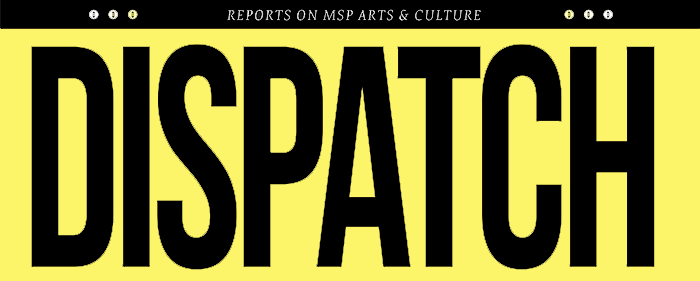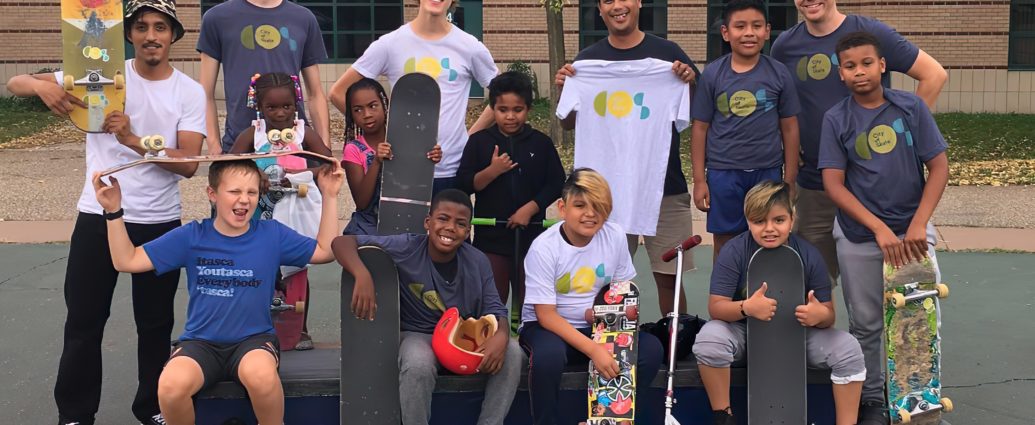In comparison to cities of similar skateboard populations, the Twin Cities lack quality skateparks. Could that change in the near future?
By Tiffany Lukk
Since skateboarding was created nearly 70 years ago, it’s served not only as a sport, but as a source of where people could gather and find community. From California to Florida, skateparks of prominence have popped up across the country. However, the Twin Cities has lagged behind in public skateboarding spaces.
“What we really want to see is world class skateparks,” says Witt Siasco, Secretary of the nonprofit advocacy group, City of Skate. “That means like a gigantic regional park, like ones that are in Houston and Seattle, and Des Moines, Iowa. It seems like every other city has a massive 30,000 square foot skatepark—and we have the population of skateboarders to do it here.”
City of Skate was established in 2013 with the mission to design and create public skateparks in the Twin Cities for the betterment of the community and its public spaces. Since its inception, it has worked with the Minneapolis Parks and Recreation Board on the MPRB Skate Park Activity Plan which would lead to at least 18 skateparks and skate places across Minneapolis.
The plan was approved in 2018, and since then, the organization has secured hundreds of thousands of dollars in funding, helped create the Juxtaposition Skateable Art Plaza in North Minneapolis, opened Elliot Park Skate Plaza, and more. One of its most recent endeavors was introducing a $15 million bonding bill that would provide funding for multiple quality skateparks.
“That introduction into the legislature and that bonding bill is radical,” Siasco says. “A lot of municipalities, a lot of other skateboard nonprofits, including what used to be the Tony Hawk Foundation—it’s now called the Skate Park Project—is calling us about how we did it, how we got that done, and how we’re doing our advocacy.”
Unfortunately, there was not a special session this year, so the bill didn’t pass. City of Skate hopes to introduce another bonding bill and have it approved during next year’s special section. Doing so could kick off a renaissance in skateparks across the state, he says.
[subhed] What’s in a skatepark?
There are multiple skateboarding nonprofits across the cities that do everything from youth programming to mentorship programs, but City of Skate sees its place in the skateboarding landscape to lie in the realm of public infrastructure, meaning the actual design and construction of skateparks.
“I really do believe good skate parks really involve the community that is around it, and the design of that skate park really should be impacted by those needs and those things that are happening within that neighborhood,” Siasco says. “We should really be listening to the input of the people that live there.”
From bowls to street plazas to flow parks, there are tons of different types of skateparks that are needed in the Twin Cities. What Highland Park needs would be different from what a skatepark on the North Side would need, Siasco says, adding that as important as neighborhood parks are, there’s a gigantic need for a large, regional park here. Securing the funding for the bonding bill would be an important step in the process.
“I feel like we’re doing radical work,” he says. “We just need a couple of wins in order to get these skateparks built.”


Comments are closed, but trackbacks and pingbacks are open.